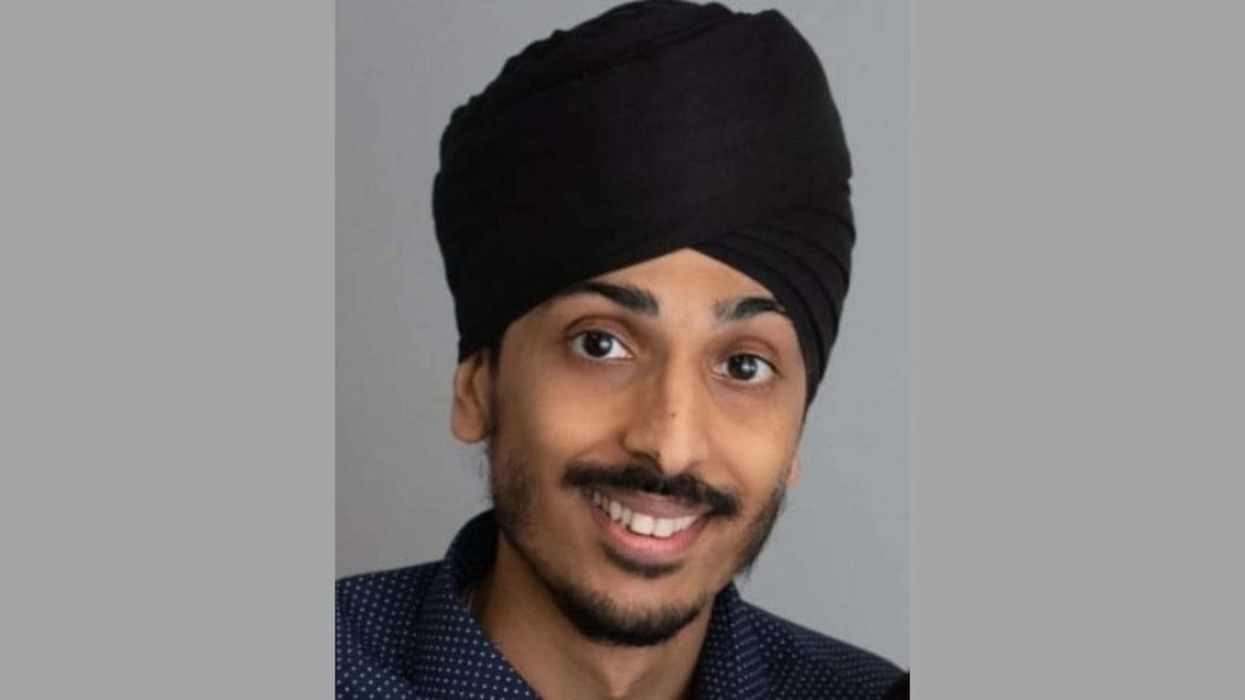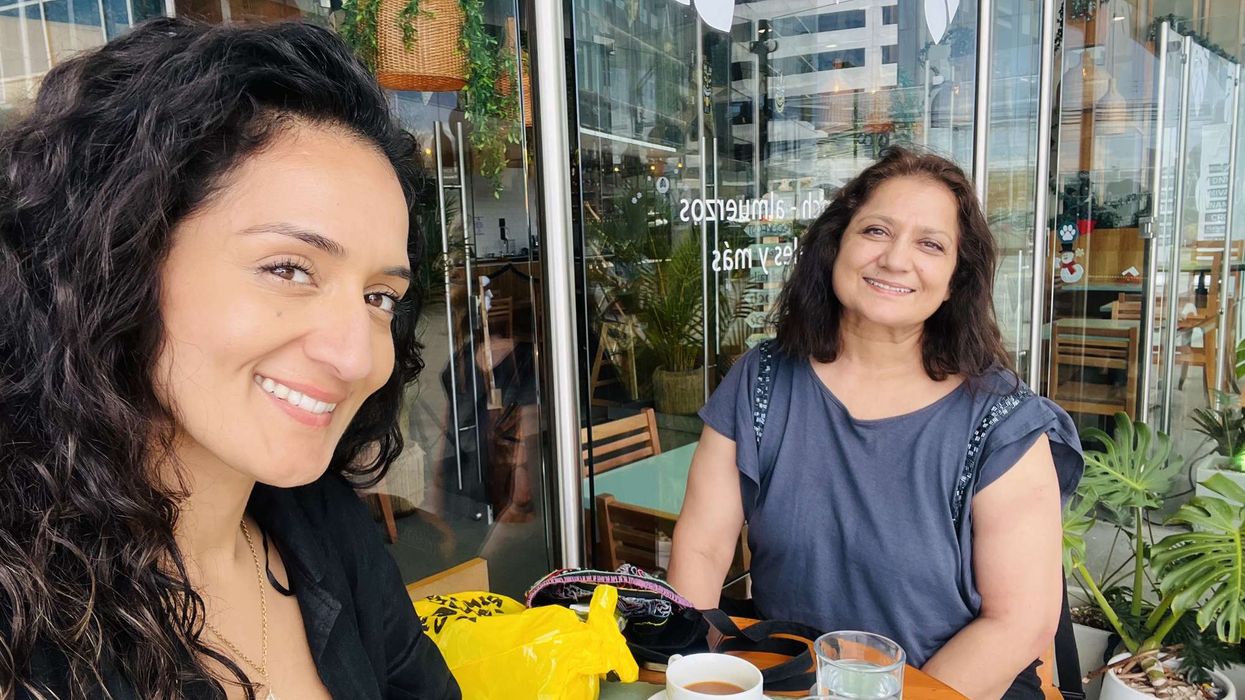by LAUREN CODLING
CARE providers have spoken of the “tragic” impact the Covid-19 outbreak has had on the sector, as new data showed a third of all coronavirus deaths in the UK are now happening in care homes.
A leading Asian entrepreneur, Dr Chai Patel CBE, founder of HC-One, the largest care home provider in the UK, admitted he had never “experienced anything like (the Covid-19) crisis” in his 35 years working in the industry. Another Asian business leader said the impact of the pandemic had been “immeasurable”.
Figures last week from the Office for National Statistics (ONS) show that there were 2,000 coronavirus care home deaths in the week ending April 17. This brings the number of virus-related deaths in care homes to 3,096, as of last Tuesday (28).
Additional statistics showed that 630 deaths in care homes in Northern Ireland and Scotland have been linked with coronavirus up until mid-April. Nearly half of the Covid-19 deaths in those countries are now in care homes.
On Wednesday (6), prime minister Boris Johnson acknowledged there was an "epidemic" in care homes in the UK, stating it was something he "bitterly regrets."
Speaking to Eastern Eye last Friday (1), Dr Patel said he estimated that his healthcare company has lost “hundreds of residents across the country,” and described the situation in care homes as “tragic”.
“It has been a tragedy seeing so many people pass away,” he said. “There is a lot of grieving and it has been very tough.”
Paavan Popat, CEO of TLC Care, which manages homes in London, Hertfordshire, Surrey and Cambridge, revealed that one of the biggest changes residents have experienced is the restriction on family and friends coming to visit. “One exception has been when someone comes to the end of their life,” Popat told Eastern Eye. “We support families appropriately to say goodbye to their loved one.”
Shaleeza Ladak , head of hospitality and communications at CHD Living, confirmed that they had lost more than 30 residents as a result of Covid-19. They currently support 850 people across their 16 services.
“This, as you can imagine takes a huge emotional toll on everyone living in or connected to our homes and, in particular our staff who continue to come into work and support our residents,” Ladak told Eastern Eye. “However, most of our services have experienced no residents with symptoms and we are currently looking at ways we can commence regular support to our staff."
Both Dr Patel, Popat and Ladak admitted that care homes had felt the impact of not being provided with personal protective equipment (PPE) at an early stage, expressing concern that care homes had not been given priority in receiving resources.
“It is felt internally that the priority for PPE and effective guidance was on hospital care,” Popat admitted. “The care home sector has felt secondary during this process. However, we have needed to think on our feet and act quickly.”
Ladak also claimed CHD had faced challenges in receiving the appropriate PPE, including a specific type of mask (FFP3 respirator) as well as long sleeved fluid repellent gowns, eye protection, shield or goggles and gloves. In addition, the specific masks have a legal requirement to be fit-tested as well as training on “donning” and “doffing”.
“This is proving very challenging and we are having to lobby The CCG to send people to fit-test,” she explained. “But we will continue to do everything in our power in order to protect our staff and enable them to work safely and with the correct equipment.”
Dr Patel claimed many suppliers felt duty-bound to pass on any PPE supplies to the NHS. That meant care homes were unable to receive adequate equipment, he said.
“This left our staff extremely exposed as they didn’t have the right protection,” Dr Patel said. “It was particularly challenging and scary from the staffs’ point of view as some of the people we look after, such as those with dementia, often don’t easily comply with social distancing guidelines.
“All of that creates a much higher risk for the staff, in terms of catching the virus.”
In order to care after patients with conditions such as dementia, care homes have had to implement extra measures to ensure that residents feel safe and secure throughout the crisis, Dr Patel explained.
For instance, it may be difficult to explain to a person with dementia why they should wash their hands more frequently, or why they should keep a safe distance from others. A new routine, or being unable to interact with an individual they are familiar with, could also be distressing for those suffering with the illness.
HC-One has therefore introduced an initiative, in which staff can show patients flash cards relating to PPE and social distancing measures. It has also increased cleaning routines within the homes and introduced guidelines on hand-washing when entering and leaving the premises.
“(We have tried to) explain that people will look different, (that they will) be wearing PPE and letting them [residents] acquaint themselves with what is happening,” he said. “The continuity of the staff has been really important so they recognise the voice and the person, which can be comforting when there is a mask in front of them.”
Ladak has similar thoughts, admitting one of the biggest challenges they faced was supporting older people with dementia.
“Seeing staff wearing PPE can be frightening and individual isolation is almost impossible,” she said. “In these circumstances we have had to quarantine whole homes for two weeks.”
Although sourcing PPE has been a priority for care homes, it has not been without financial implications.
According to Popat, protective equipment has been TLC’s main additional cost. For instance, before the pandemic, face masks cost 6p per unit, but TLC is now paying more than £1 per unit. Purchasing PPE has also cost HC-One “millions of pounds”, Dr Patel revealed.
As well as expenses on PPE, the absence of staff has also had an impact on the finances within the social care sector. Many employees have had to self-isolate after showing symptoms of the virus. This subsequently has had an impact on costs and the availability of staff being able to care for residents.
Despite the challenges, Popat praised TLC employees for volunteering to work extra shifts to cover absences. “Our teams in each home have really come together and have represented our values with passion and dedication,” he said. Care homes have also had to invest in technology to ensure that residents are able to communicate with their relatives.
Although most care homes had already invested in technology prior to the outbreak, digital resources are being more frequently used.
“Since the outbreak, this has been in the use of tablets to book Facetime calls between residents and their loved ones at home, supporting the government’s calls for people to stay at home,” Popat explained.
“Ensuring that our residents get to see and speak to their loved ones was an immediate priority for us.”
In view of the pandemic, Popat and Dr Patel expressed the hope that the social care sector will be better recognised in the future.
While Popat said he wanted the industry to be recognised for its “invaluable contribution” to protecting and enhancing the lives of older people in our society, Dr Patel was hopeful the government would provide more funding for the industry.
“(Social care) is a critical and important part of our public services and the government needs to take this opportunity and make that move,” he said. “It would be a positive thing to come out of what has been a very difficult and challenging time.”












